Crystal Culture Through the Millennia: How Civilizations Worldwide Interpreted and Venerated Crystals
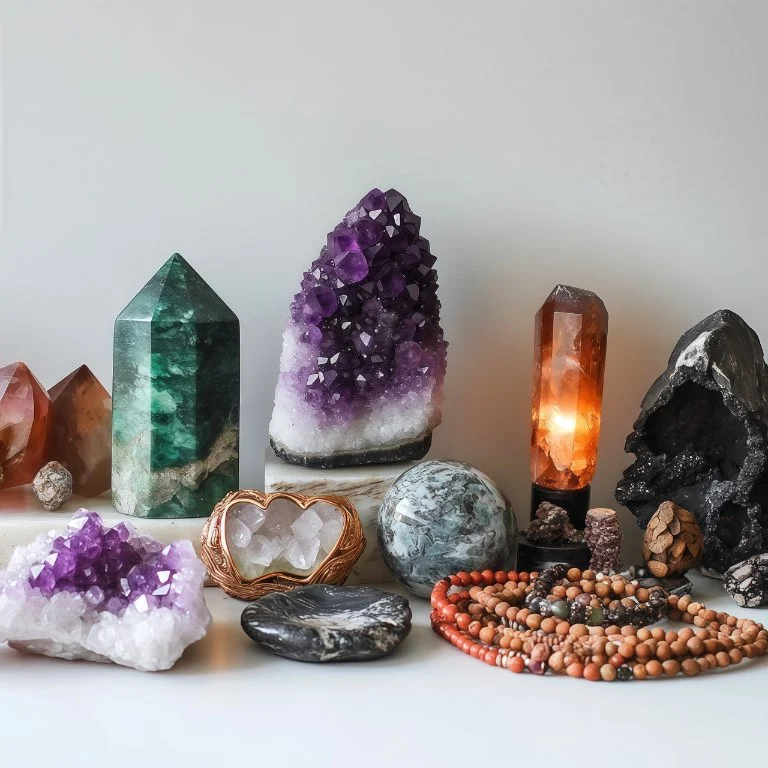
Crystals, those translucent gems forged deep within the Earth, have captivated humanity since the dawn of civilization. Their pure texture and mysterious luster have transcended time and space, earning reverence across cultures as vessels of divine power, energy carriers, and bridges between the mortal and spiritual realms. Let’s journey through millennia to explore the profound imprints of crystal culture on global civilizations.
1. Ancient Egypt: Crystals as "Keys to Eternal Life"
The Egyptians believed crystals possessed the power to “guard the soul.” The Book of the Dead records that placing a crystal on a deceased person’s chest would ward off evil spirits in the underworld, aiding the soul in passing Osiris’ judgment. Amethyst, with its deep purple hue reminiscent of the night sky, was seen as a “bridge between the mortal world and the afterlife” and often shaped into heart amulets, symbolizing the longing for eternal life. Green crystals, such as fluorite, were associated with the Nile’s annual flooding—their changing luster with the seasons led Egyptians to venerate them as “tears of Osiris,” the god of fertility, used in rituals to ensure bountiful harvests..
Crystals also played a role in ancient Egyptian medicine. The Edwin Smith Papyrus notes that ground clear quartz mixed with honey could “purify blood of malevolent forces,” while green crystals were used to treat eye ailments, believed to “absorb healing energy from sunlight.” This fusion of physical properties and divine symbolism laid the foundation of early crystal culture.
2. Mesopotamia and Persia: Crystals as Symbols of "Royalty and Oracles"
Contemporary with Ancient Egypt, Mesopotamian civilizations (in modern-day Iraq and Syria) revered crystals primarily as symbols of “kingship and divine revelation.” In Sumerian texts, crystals were called “stones fallen from heaven,” reserved exclusively for kings and priests. The “Lapis Lazuli and Crystal Crown” unearthed from the Royal Tombs of Ur paired crystal’s transparency with lapis lazuli’s deep blue, symbolizing a king’s “dominion over heaven and earth.”
Persians also classified crystals meticulously: clear quartz was “the stone of purity,” used in rituals; amethyst, named for its resemblance to grape juice, was called the “sober stone” (from the Persian term for “anti-alcohol”), worn by nobles to signify restraint; and citrine, linked to sun worship, was thought to attract power and wealth.
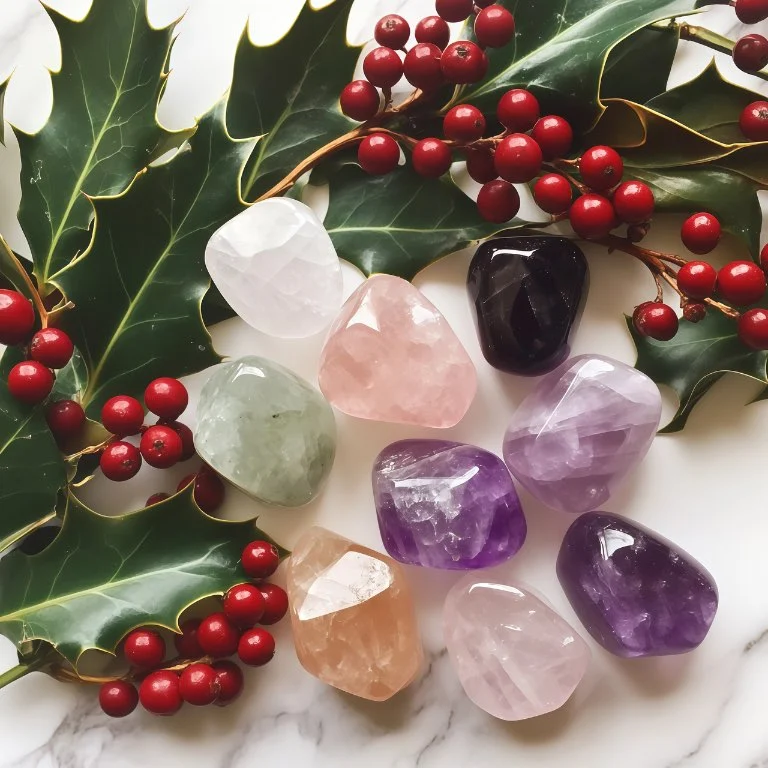
3. Ancient Greece and Rome: Crystals as "Divine Incarnations and Natural Wonders"
Greek interpretations of crystals were steeped in romance. They believed crystals were either “tears of Zeus” or “frozen ice blessed by the gods”—Plato, in Timaeus, proposed that crystals were “the perfect form of water,” preserved in solid state by divine intervention. This view intertwined natural philosophy with mythology.
Romans adopted Greek crystal traditions and commercialized them, crafting crystal relief jewelry, vessels, and amulets. They believed crystal balls could “reveal the future”—Emperor Augustus even employed a “crystal seer.” The poet Ovid wrote in Metamorphoses, “Moonlight through crystal speaks the gods’ words,” reflecting the belief in crystals as conduits of divine messages.
4. Ancient India: Crystals as "Energy Mediums for Chakra and Yoga"
The Atharva Veda describes practitioners holding crystals during meditation to “purify the mind and connect to universal energy”—a concept later adopted by Buddhism. Indian Buddhist sites feature crystal relic containers, their transparency symbolizing “the unobstructed nature of Dharma”; the Lankavatara Sutra compares crystals to “mirrors reflecting truth,” embodying wisdom.
Indian artisans excelled at combining crystals with gold and silver to create “mandala jewelry,” with a central crystal surrounded by gemstones, representing “the universe’s energy core.” This design—emphasizing a primary crystal enhanced by secondary stones—foreshadows modern crystal bracelet aesthetics.

5. China and East Asia: Crystals as "Feng Shui and Wellness Tools"
Chinese records of crystals date to the Neolithic Age, with crystal earrings found at Hemudu sites, but crystal culture flourished in the Han Dynasty (202 BCE – 220 CE). The Shennong Bencao Jing classified crystals as “superior medicinal stones,” noting their “cool, pungent properties” could “brighten eyes and dispel evil spirits.”
By the Tang and Song dynasties, crystals were valued in feng shui—the Zhai Jing (Book of Houses) advised, “Placing crystals in the home wards off misfortune,” as their transparency symbolized “righteous energy.” Song literati favored crystal stationery; Su Shi, in a poem, likened crystal’s clarity to a “pure mind.”
6. Indigenous Americas: Crystals as "The Earth Mother’s Heartbeat"
Before Columbus, Maya, Aztec, and Native American cultures revered crystals as “the Earth’s bones,” pulsing with primal energy.
The Maya (c. 2000 BCE – 1697 CE) used crystals in ceremonies and astronomy—pyramid murals depict priests holding crystal staffs pointing to the sky, likely for stargazing and divination. The Aztecs (1325 – 1521) saw crystals as symbols of “sacrifice and rebirth,” using them to hold blood in rituals, believing crystals channeled offerings to the gods.
North American tribes, such as the Cherokee and Sioux, viewed crystals as “living spirits.” They prayed before harvesting crystals and “fed” them with herbal infusions to sustain their energy. In the Cherokee “crystal vision quest,” young people meditated with crystals in nature, seeking life guidance. This “harmony with nature” mirrors modern eco-conscious crystal practices.
7. Medieval Europe: Crystals at the Intersection of "Religion and Magic"
Medieval Europe (5th – 15th centuries) saw crystal culture blend Christianity and folk magic. Initially condemned as “pagan,” crystals were later adopted by the Church—used in crosses and shrine bases, their transparency symbolizing “God’s all-seeing eye.”
Folk beliefs persisted: the 13th-century text Natural Magic claimed crystals could “ward off curses” and “reveal distant events.” This duality peaked during the Renaissance (14th – 17th centuries), as scholars studied crystal optics (Leonardo da Vinci sketched crystal refraction) while acknowledging their “spiritual significance.” Shakespeare, in Macbeth, referenced “crystal balls showing futures,” reflecting society’s complex relationship with crystals.
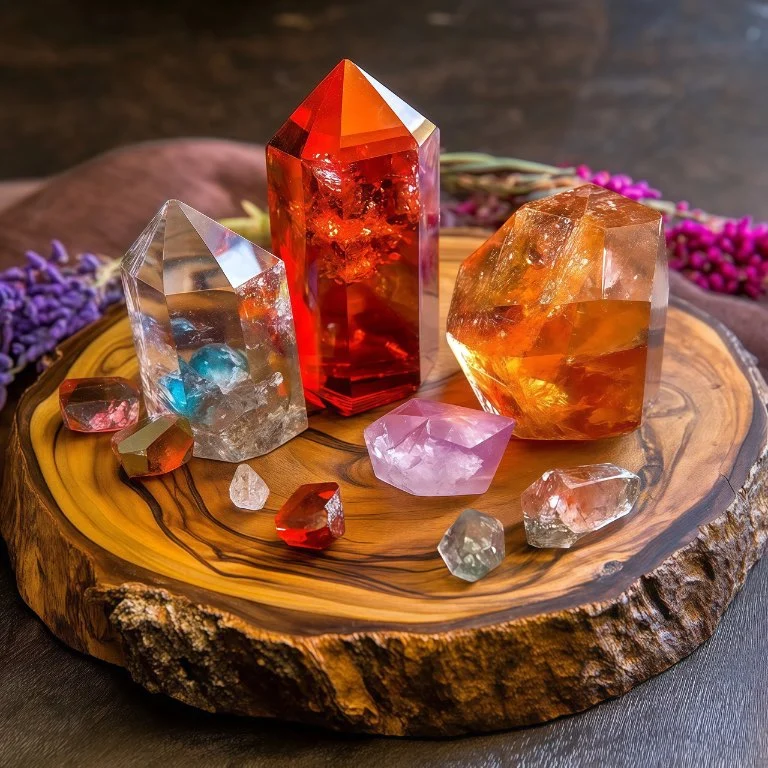
Conclusion: A Timeless Resonance
From Egyptian amulets to modern bracelets, crystals have been revered globally as “bridges between matter and spirit”—adored for beauty and cherished as vessels of meaning. Today, wearing crystals connects us to ancient wisdom, blending tradition with contemporary desires for healing and mindfulness.
Related Articles
16 comments
Leave a Comment Cancel reply
Recent Comments
Recent Posts
Tags
12 zodiac signs Amethyst Power Astrological Crystal Powers Black Tourmaline Protection Citrine Wealth Clear Quartz Versatility crystal Crystal Bracelet Crystal Bracelet Trends Crystal Energy Crystal Healing Energies Crystal Metaphysics Business Analysis Crystals and Chakras Crystal Trees Fashion Accessories Market Insights Rise Of Spiritual Consumption Rose Quartz Romance SoulGlimmer Crystal Suitable Crystals Workplace Healing Youth Consumer Culture

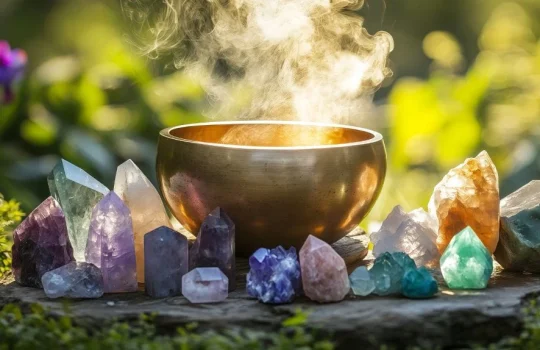

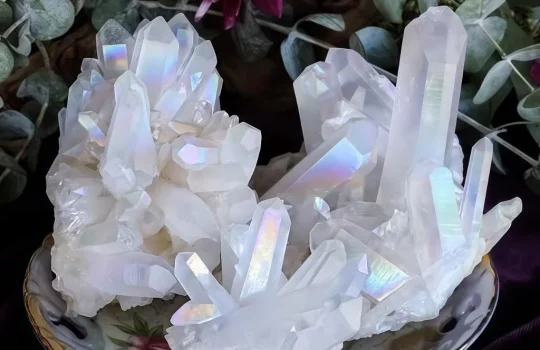

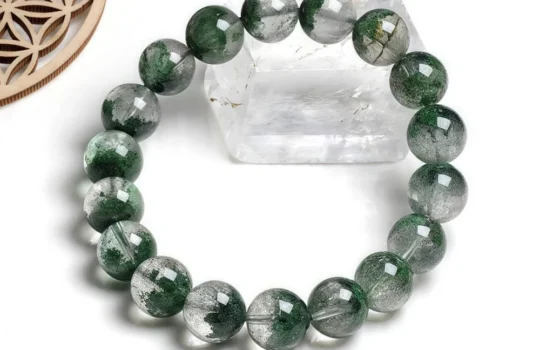
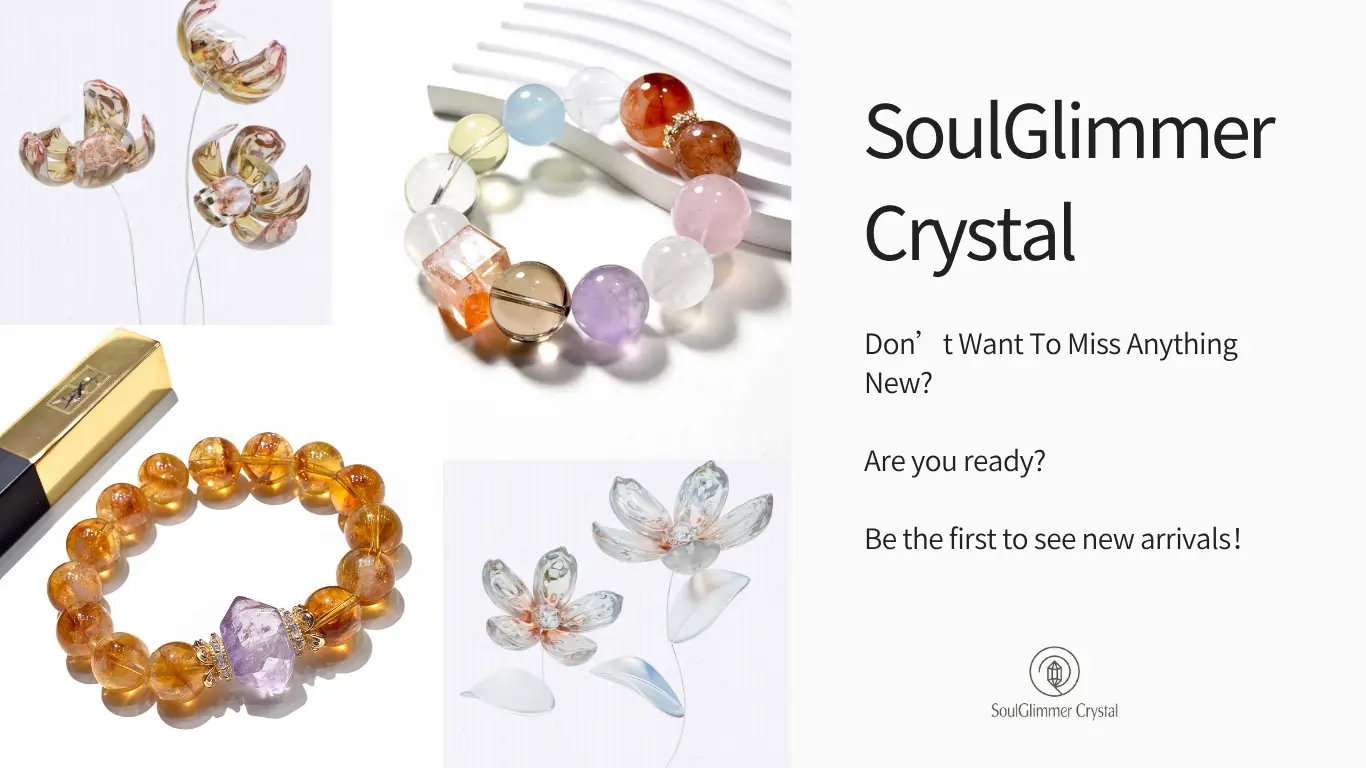
saige_alias
July 10, 2025 at 9:00 amcertainly like your website but you need to take a look at the spelling on quite a few of your posts Many of them are rife with spelling problems and I find it very troublesome to inform the reality nevertheless I will definitely come back again
antwan
July 10, 2025 at 10:05 amFantastic site Lots of helpful information here I am sending it to some friends ans additionally sharing in delicious And of course thanks for your effort
allison
July 10, 2025 at 12:06 pmYour blog is a breath of fresh air in the often stagnant world of online content. Your thoughtful analysis and insightful commentary never fail to leave a lasting impression. Thank you for sharing your wisdom with us.
baby_quia
July 11, 2025 at 8:19 amYour writing has a way of making even the most complex topics accessible and engaging. I’m constantly impressed by your ability to distill complicated concepts into easy-to-understand language.
Marie Dietrich
July 13, 2025 at 5:20 amhelloI really like your writing so a lot share we keep up a correspondence extra approximately your post on AOL I need an expert in this house to unravel my problem May be that is you Taking a look ahead to see you
Okey Stehr
July 13, 2025 at 7:18 amI’ve been following your blog for some time now, and I’m consistently blown away by the quality of your content. Your ability to tackle complex topics with ease is truly admirable.
Wilbert Ortiz
July 13, 2025 at 8:22 amHello my loved one I want to say that this post is amazing great written and include almost all significant infos I would like to look extra posts like this
Jaime Nicolas
July 13, 2025 at 11:25 amYour writing has a way of making even the most complex topics accessible and engaging. I’m constantly impressed by your ability to distill complicated concepts into easy-to-understand language.
Mae Ziemann
July 13, 2025 at 5:01 pmYour blog is a testament to your dedication to your craft. Your commitment to excellence is evident in every aspect of your writing. Thank you for being such a positive influence in the online community.
Shannon Heathcote
July 13, 2025 at 7:09 pmSomebody essentially lend a hand to make significantly articles Id state That is the very first time I frequented your website page and up to now I surprised with the research you made to make this actual submit amazing Wonderful task
Juanita Rutherford
July 13, 2025 at 7:48 pmNice blog here Also your site loads up very fast What host are you using Can I get your affiliate link to your host I wish my site loaded up as quickly as yours lol
Charity Bergnaum
July 13, 2025 at 9:03 pmYour passion for your subject matter shines through in every post. It’s clear that you genuinely care about sharing knowledge and making a positive impact on your readers. Kudos to you!
Iliana Barrows
July 13, 2025 at 9:42 pmWonderful beat I wish to apprentice while you amend your web site how could i subscribe for a blog web site The account aided me a acceptable deal I had been a little bit acquainted of this your broadcast provided bright clear idea
Vito Rau
July 13, 2025 at 10:19 pmSomebody essentially help to make significantly articles Id state This is the first time I frequented your web page and up to now I surprised with the research you made to make this actual post incredible Fantastic job
Guadalupe Prohaska
July 13, 2025 at 10:58 pmIve read several just right stuff here Certainly price bookmarking for revisiting I wonder how a lot effort you place to create this kind of great informative website
Erik Lakin
July 14, 2025 at 3:24 amHello Neat post Theres an issue together with your site in internet explorer would check this IE still is the marketplace chief and a large element of other folks will leave out your magnificent writing due to this problem